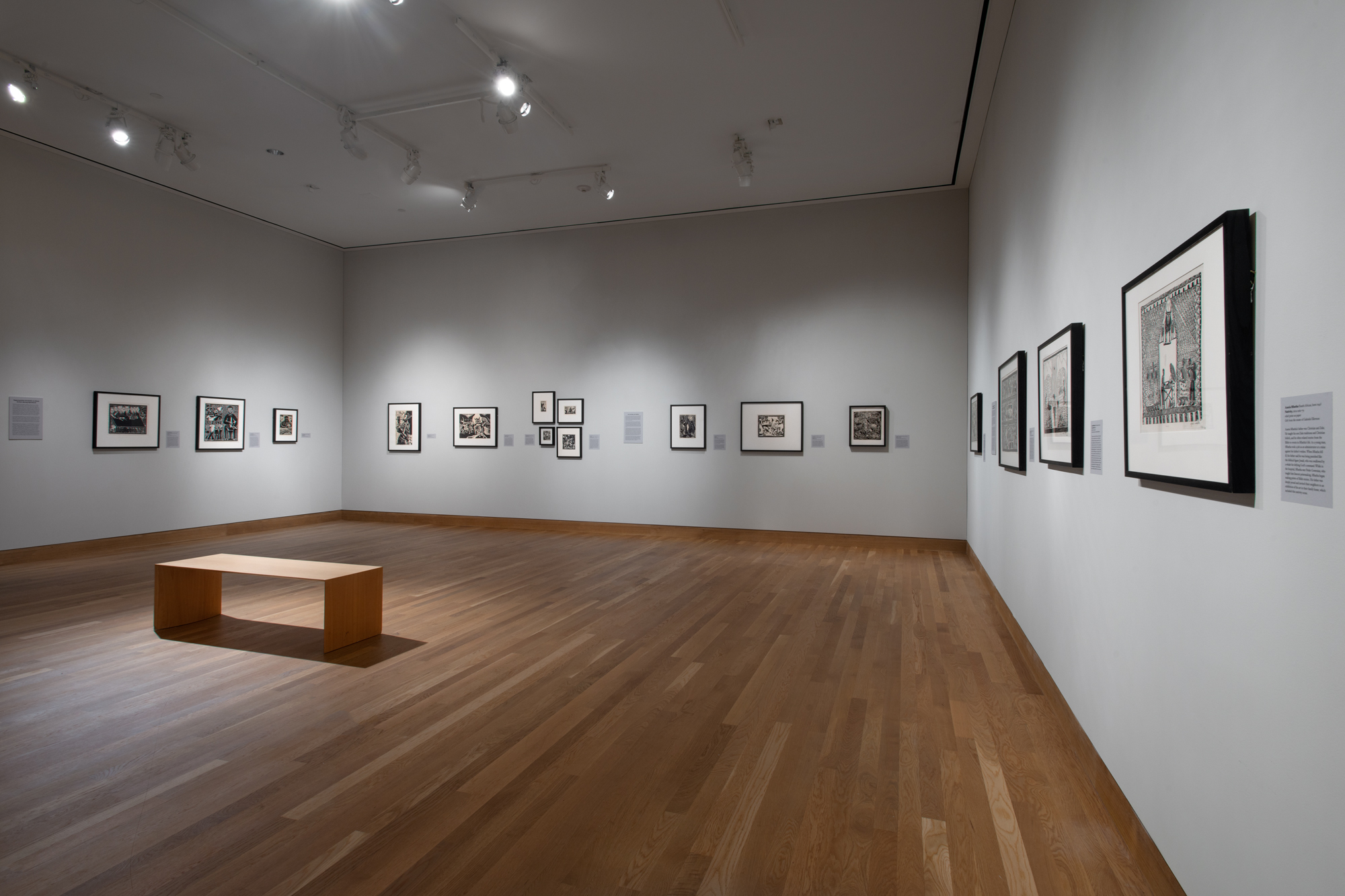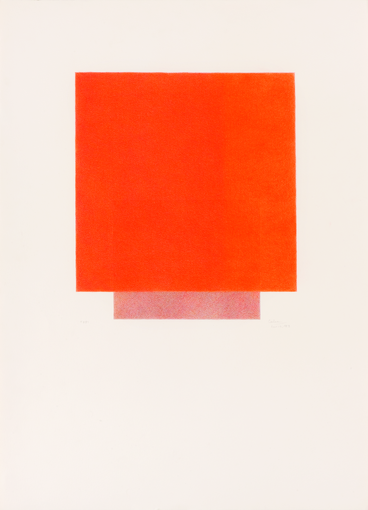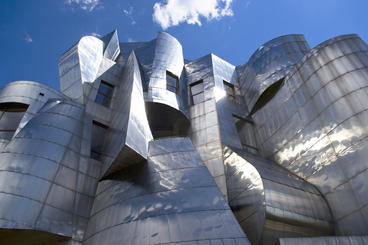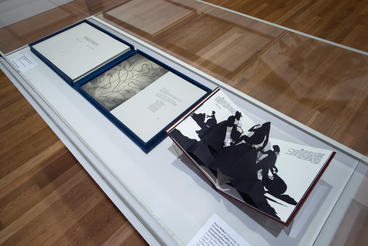
Black and White refers to both the striking graphic qualities of the printed image and to the divisiveness at the heart of apartheid—the segregation of black and white. The remarkable story behind the prints within the exhibition and their presence in the museum’s collection links Minnesota’s Swedish-Lutheran heritage, the University’s art faculty, and the history of apartheid in South Africa. This story will be retold from August 2015 to February 2016 in the museum’s Carlson Gallery.
All of the works in the exhibition were made at the Evangelical Lutheran Church Art and Craft Centre at Rorke’s Drift by black South African students during the 1960s and 1970s, a period characterized by brutally enforced racial segregation at the hands of the apartheid regime.
A cornerstone of the regime’s segregationist policy was the Bantu Education Act of 1953. This act sought to maintain an inexpensive, uneducated black labor force by limiting the availability of education. Under this policy, the opportunities for aspiring black South African artists were extremely limited. Throughout its history, the Rorke’s Drift Art Centre operated on the fringes of Bantu Education, protected by both the Swedish Lutheran Church and its remote rural location in KwaZulu-Natal.
Ulla and Peder Gowenius, a young idealistic Swedish couple, founded the Rorke’s Drift Art Centre in 1963. The Goweniuses introduced their students to new artistic techniques and led discussions of the students’ work. They empowered their students to communicate thoughts, feelings, and critiques through visual language. Often these ideas would have been censored if stated explicitly. As Peder Gowenius recalls: “The rules of apartheid unwittingly created a large reservoir of frustrated but creative humans, with a great need to express themselves.” Before closing its doors in 1982, Rorke’s Drift succeeded in training a generation of outstanding black artists. Their influence is still felt throughout South African cultural life.
The Rorke’s Drift Art Centre proved to be transformative not only for its students, but also for each of the European and American artists who taught at the school. Karl Bethke, an art professor at the University of Minnesota, taught there from 1978 to 1979. The experience forever changed his art practice. Since then, he has explored the colonial history of the Rorke’s Drift region and the art school through his work. Gabriele Ellertson, then a UMN art student, taught at the school between 1973 and 1979. Throughout her time at Rorke’s Drift she collected work by her students, and thanks to her bequest we are able to tell the story of Rorke’s Drift today.


